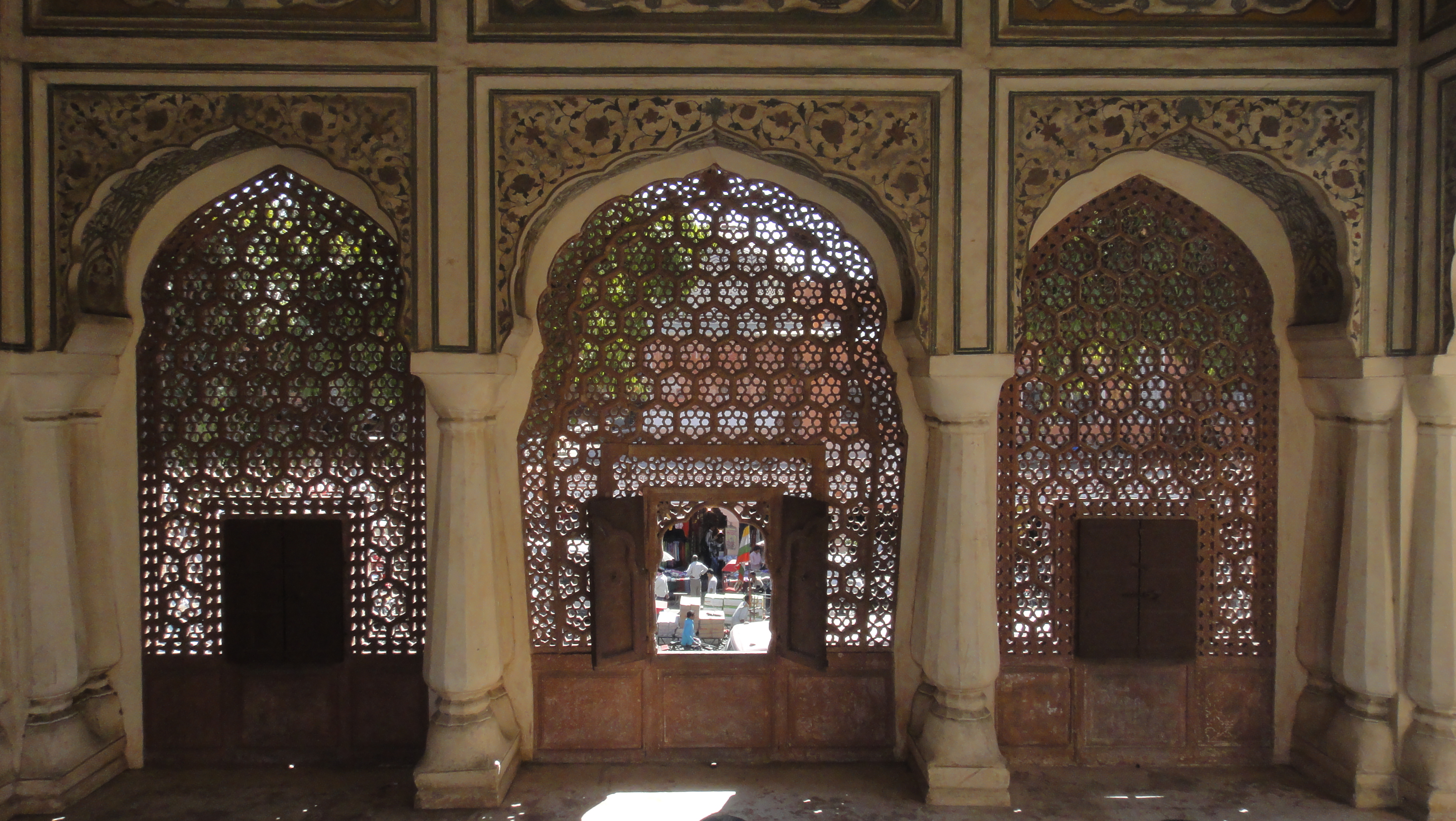What can I do from my home?
Yes, I want to be sustainable, but how? How do I make my
actions count, change my impact on the environment, from my daily routine?
THINK……
Think before you act, start thinking about everything you do,
every minute of the day. I have some recommendations from what I have been following
in my daily routine. I live in an apartment, so most of the things are pretty
easy to do contrary to popular opinion that sustainability requires more infrastructure.
You wake up, it’s cold so we naturally go towards our
thermostats to increase the temperature on the heating. STOP. Wear a jacket or
socks. We turn the cooling really high and sleep in a comforter/ duvet all year
long. NO. Get cotton sheets and keep your temperature reasonable. Learn to
dress for the season, adjust by changing your habits not by constantly making
drastic changes to the central conditioning temperature. Since these systems
are central, every room in your home is constantly being supplied conditioned
air which guzzles energy and higher bills for YOU.
Now we head for our bath. Do you buy a new hand wash or body
wash bottle every time? Think REFILLS! Instead of buying a new bottle every time
which gets thrown out, make it a one-time purchase and buy huge refill packs so
that you are not cluttering the landfills with endless small plastic bottles. I
have recently come across shampoo and bath gel pouches, which come in water
soluble packaging and generate ZERO plastic waste. I haven’t been able to get
an order in (COVID rush) but I will try them out and see how effective they
turn out to be.
Now you are dressed and ready for coffee. You want to drive
to the café on your way to work and pick-up coffee, which will be served in a disposable
to-go cup.
STOP! Did you know if you purchase a disposable cup every day, this
creates about 23 pounds of waste per year.
According to a study by Starbucks, each paper cup
manufactured is responsible for 0.24 pounds of CO2 emissions. It is
estimated that 50 MILLION disposable coffee cups are used in a typical metro
area per year. This equates to 3 MILLION
pounds of solid waste being generated and 6,000 metric tons of CO2
being generated. [i]
This is equivalent to almost 600,000 gallons of gas consumed, or CO2
sequestered 7,836 acres of forests in the US [ii].
If these disposed cups were stacked for a year, this would be the result
What can you do to counter this towering mountain of disposed cups?
BYOC – Bring Your Own Cup
Did you know STARBUCKS offers a $0.10 discount if you bring
your own cup?[iv]
Try that, next time you hanker for a coffee on your way to work.
But why spend all the money and gas driving for coffee? If
you like the basic versions like we do, there are easy solutions to bring that
morning coffee to your home without spending an ounce of gas.
If you like the KEURIG machines, they do the job very
effectively. But the KEURIG cups are a nuisance. The K-cups as they are called,
are single use and for coffee enthusiasts mean a lot of trash. Did you know
that estimates say the Keurig pods buried in 2014 would actually circle the
Earth 10.5 times.[v]
My husband and I really like the KEURIG machines but found
the K-cups to be nuisance. Why go for a new pod every time when we mostly end
up drinking the same type of coffee every day. We finally found an awesome way
to optimize the process. We found these reusable KEURIG cups….
My own reusable Keurig cups
Just fill these with your regular coffee, and you are good
to go!
You come back in the evening, too tired to cook. So, we whip
out phones and browse food delivery apps. I started to notice that most of
these apps or restaurants send plastic cutlery and napkins even when you order
from home. Now they do it since most of the consumers eat on the go, at work or
just outdoors. Maybe not a lot of people order from home. But for the ones that
do, and who have enough silverware at home, why get this additional plastic cutlery?
Irrespective of whether we use it or not, it gets thrown out.
Did you know UBER EATS now gives you
an option to opt out of getting cutlery? Try it, today.
But what about the cutlery you have
accumulated? I use a food delivery app called ClusterTruck, who send me cutlery,
salt pepper and napkin sealed in a plastic packet for each order. We order
regularly from there, and I was so upset about the amount of disposable waste
accumulating in my house. So, I decided to start saving them and used an Amazon
box to store them. One day, I realized I had over 50 packets, unopened and
sealed, perfect for reuse. So, what I did do? I reached out to the helpline and
to talk to them that this was ridiculous! Give me some way to refuse cutlery.
Here is the conversation I had.
WOW! That went even better than I expected.
Next time we got a delivery, I went to get it and asked the delivery guy if he
was okay to take them back. I was anticipating some pushback and but he was so
happy to take it back and reuse it because he said he too was an environmentalist
(he came on a bike for the delivery). I was able to save so much plastic being
thrown out by reusing, it made my day!😊
You will feel it too – the joy of
the saving the Earth, one thought and one action at a time.
















